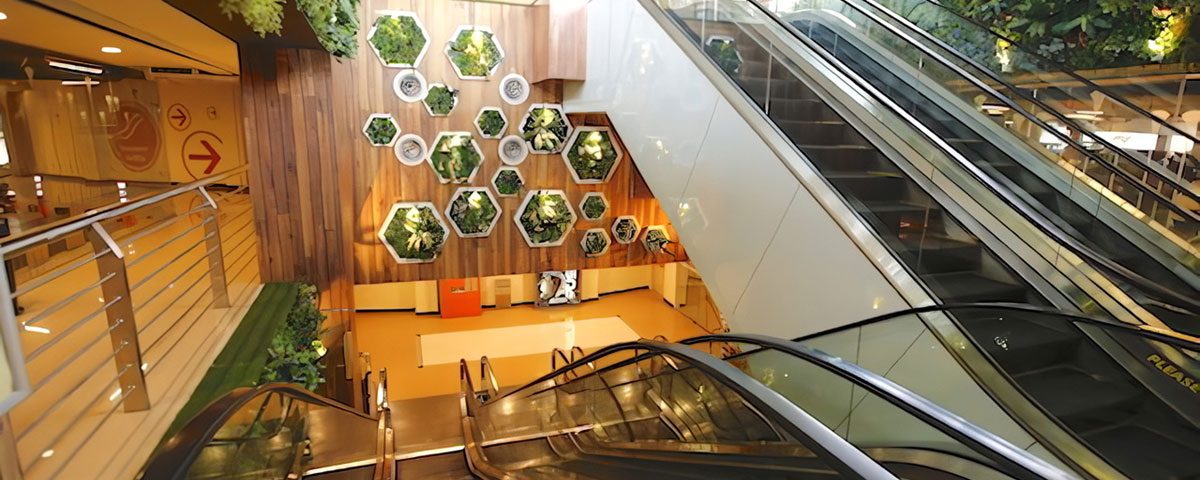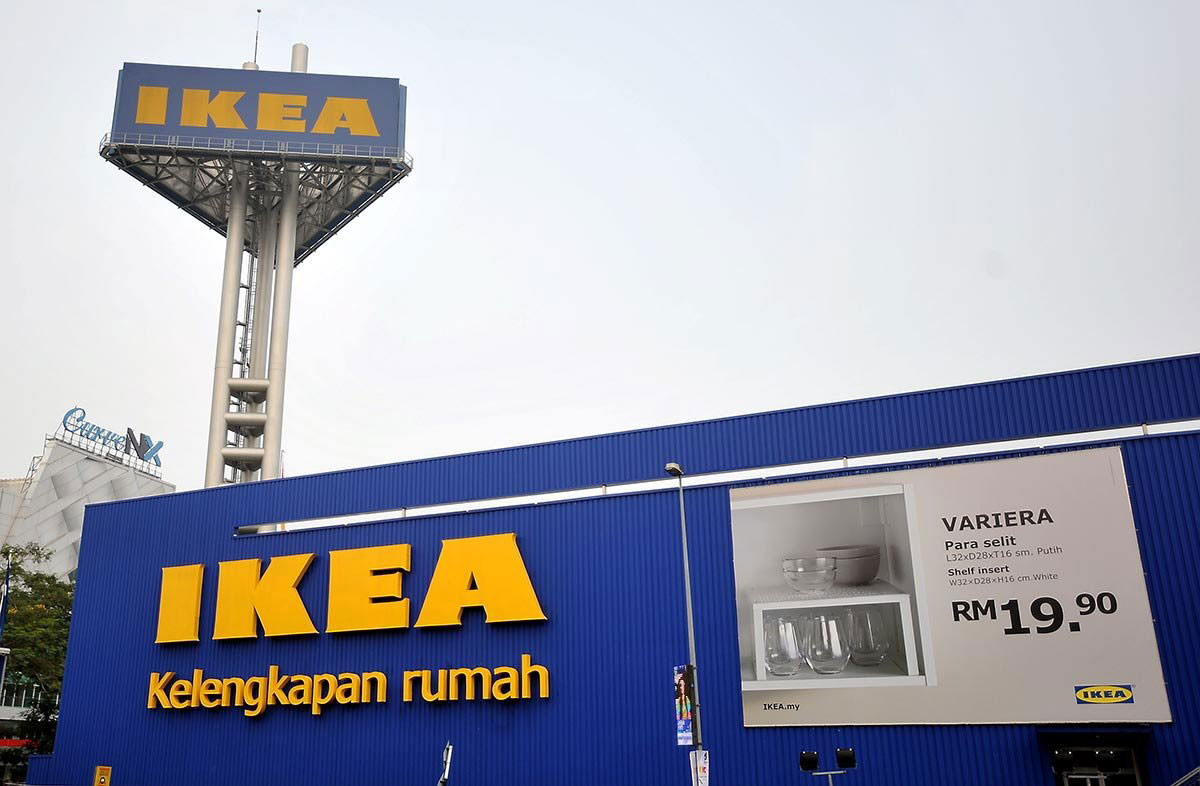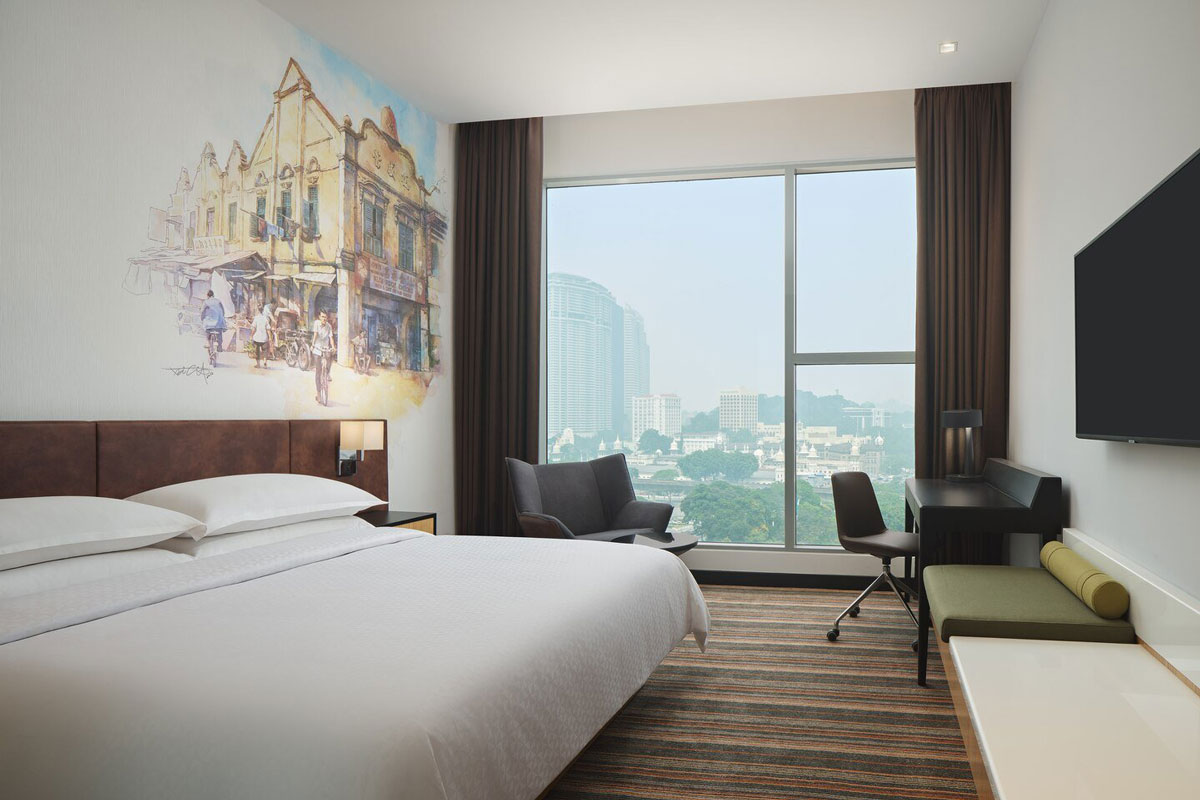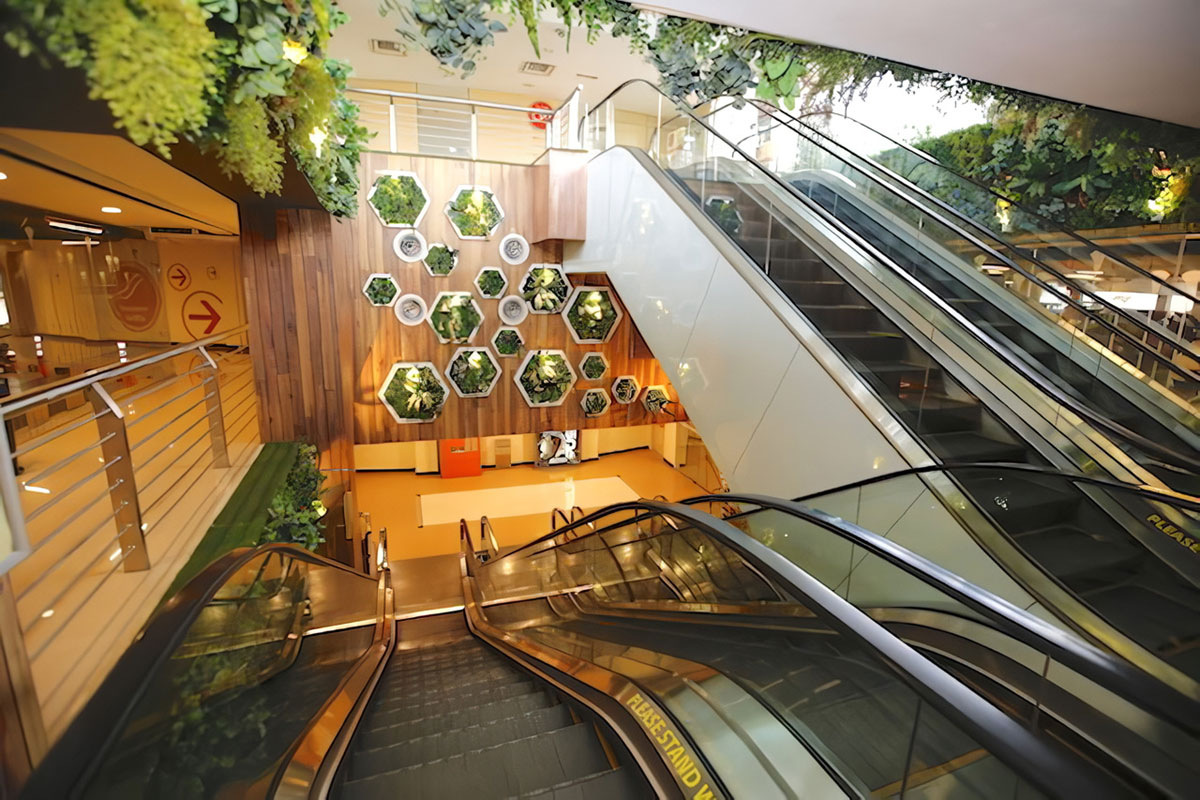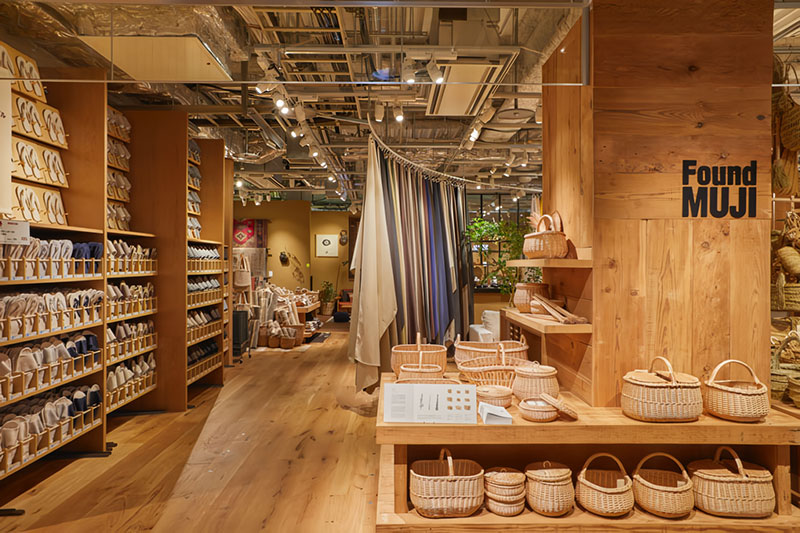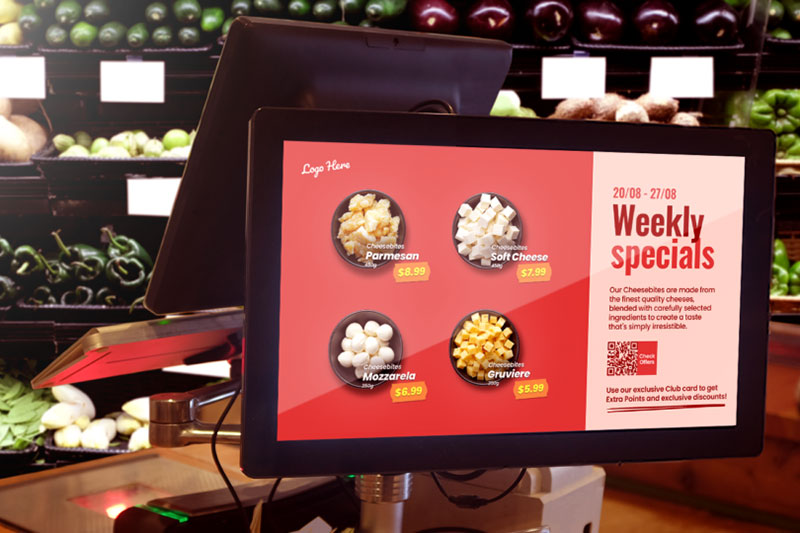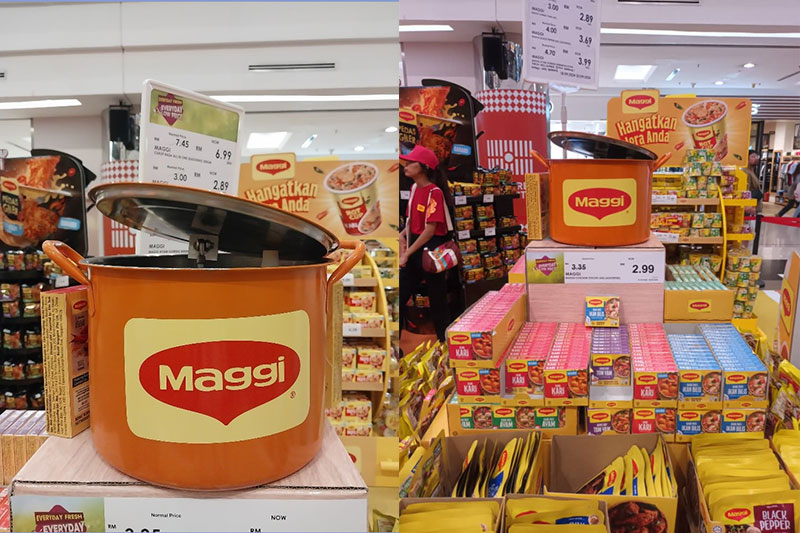Retailers are always looking for ways to engage their shoppers and level up their retail marketing game. How can they do this? Retail marketers should think about engaging the five senses of shoppers in order to create a more memorable experience.
Here’s how:
Sight
To catch attention, sight is usually the first sense to capture. Use bright colors, clear signage, and large fonts. This is to ensure clarity because attention-grabbing can turn into overwhelming if done poorly. A great example of this is how IKEA does its advertising and pretty much everything else.
Source: The Malaysian Reserve
Another tip is to go natural. Bright and bold visuals can also come from displays of flowers, fruit, or other fresh produce that make the shopping experience more pleasant.
Besides that, mirrors placed in strategic places around your store can create a larger sense of space where it may feel cramped – this is also important for stores that sell clothing or jewelry because it helps customers see how items look on their body.
Want to add a dash of character? Hang artwork from local artists inside your business – this will help you build relationships with local communities while showcasing some great art work!
Four Points by Sheraton in Chinatown Kuala Lumpur provides a good example of this. Although this isn’t exactly retail, the hotel leverages the untapped potential of homegrown talents and incorporates local murals into its rooms.
Source: Marriot
Sound
Firstly, it goes a long way in making a good first impression on customers when retailers play music that matches the mood of your store. If they can create different playlists to match specific departments, even better!
Play music that suits the intended atmosphere and to help customers feel at ease, because what they hear and where they are just clicks. The thing is, they probably wouldn’t be paying close attention to what song is being played, but play the wrong stuff and the mood just goes off kilter.
It also pays to pay attention to the needs of your customers before making music choices for your store. If you’re an electronics shop with speakers to test out, it doesn’t make sense to blast loud music from your store’s stereo system — let customers test the speakers on display!
Source: All IT Hypermarket
This goes for in-store interactions too. Pay attention to what affects the sense of hearing when it comes time for customer service or when people observe what happens in your store.
How do staff speak to them and to each other? Is there a customary greeting (see: Uniqlo) that sets the tone for the shopping experience?
Another interesting tip is to add background noise. Sunway Pyramid installed its sensory deck at its escalators in 2018 that simulates a forest through sounds like flowing water or birds chirping, to make it seem like shoppers are immersed, at least temporarily, in a tropical space.
Source: Inside Retail
Smell
Smell is the sense that sticks longest to a person’s memory compared to the others. A whiff that’s reminiscent of a fond old memory can quickly evoke emotions and trigger a physical response. The same goes for bad memories.
So, it’s important to be memorable in the best ways when it comes to the scent experience in retail. But it’s more than simply placing scented air fresheners in high traffic areas like bathrooms and entrances.
Create aromatherapy candles or diffusers for your store that match your scent profile. If you’re not aiming at anything too custom or personalized, a good safe start is to use fragrances that help customers feel more at ease while shopping. Try eucalyptus that’s associated with feelings of happiness, or lavender for relaxation.
How does smell translate into online shopping? Interestingly, Sephora answers that in small part with something called the Fragrance Finder on its website.
Source: Sephora
Taste
While taste and smell are inextricably tied together as senses, this point is on the sense of taste for food and how smell can be leveraged for that. For F&B outlets, you can strategically create a trail of smell that entices customers within proximity to feel tempted by your products because through smell alone they can already taste it.
If you’re in a mall setting, where air circulates indoors, this is a great approach. One brand that does this well is Famous Amos. The irresistible smell of their cookies isn’t overpowering and doesn’t permeate the entire mall, but when you get close enough a waft of their goods makes them instantly attractive.
And of course, a proven method to engage the sense of taste is to offer samples to customers so they can try before they buy. It’s a bit tricky to leverage this during the pandemic as it’s not quite safe unless stores ensure that their premise and samples are safe.
Source: Vulcan Post
Touch
Find ways, both creative and conventional, to give customers the chance to feel your products. This is especially important if design, ergonomics and usability add up as the key selling point of the products.
By allowing customers to touch your products, you’re letting them test them out with a combination of all their senses. This goes for food samples as well; it’s not only about how the food tastes but about the experience that goes before eating it too.
In any case, the best examples of providing an enhanced experience with touch in retail come from personal computer products. We’re talking about smartphones, laptops, tablets, speakers, headphones and so on. It can be extended to newer gadgets such as VR headsets and a growing selection of smart home products too.
Source: Apple
The details that affect the senses make a difference
If there is one thing that can ruin all five senses of shoppers and turn them away from retail stores, it’s poor cleanliness. From gross floors and walls to odors and the sound of broken faucets, terrible hygiene ruins all senses at one go.
So, it’s imperative for retailers to make sure there are plenty of clean bathrooms available with toiletries like hand soap, paper towels, tissues and so forth, and keep them stocked throughout the day.
If you are looking for a way to engage your customers, consider the details of your retail store that can appeal to your customers’ senses. How can they help you incorporate new ideas into your retail marketing strategy?
The best part about engaging the five senses is that you don’t have to reinvent the wheel. You can learn tried and true tactics from other retailers to create more memorable shopping experiences while also increasing sales.

